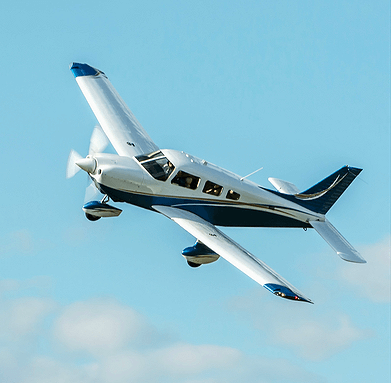Subscriber question:
"I’m a VFR pilot, but I plan to get my instrument rating soon. What can I do with my VFR flying now that will help me prepare for IFR flying?" - Don S.
Jeff:
 “Here are things you can do under VFR that build skills for IFR: Use flight following, maintain exact altitudes and courses, and fly standard profiles.
“Here are things you can do under VFR that build skills for IFR: Use flight following, maintain exact altitudes and courses, and fly standard profiles.
No VFR action will help you more in your comfort in communications and a feel for the IFR system than flight following. You’ll get used to moving from controller to controller on different frequencies, and your ear will get practice listening for your callsign as well as how IFR clearances sound. You’ll also better understand who controls which airspace around your part of the country. If you’re unsure about something you hear and the controller isn’t busy, ask them about it! You’ll see that controllers are just people too.
Flying VFR, it’s easy to level off wherever and head generally in the direction you need to go. I’m all for that when casual is what you want. But to practice for IFR, fly an exact course, either by GPS, VOR, or even what it says on your iPad. If you drift off course any detectable amount, correct it. You’ll build a skill of staying on course without thinking about it. Likewise with altitude: Fly 4500 feet if that’s your goal. Not 4520 feet. Not 4480 feet. Four thousand, five hundred.
Only flying by standard performance profiles seems constrictive, but it simplifies your flying, which is essential in instrument conditions. Start with just these standard profiles: Cruise climb, high-speed level, cruising descent, and low-speed level. For each one, know the pitch and power setting you’ll use, and the resulting airspeed and rate of climb or descent you should get.
Cruise climb is for climbs on course and during the flight. Maybe it’s Vy, and maybe it’s a bit faster. High-speed level cruise is what you use to travel. Cruising descent is how you descend for the airport. Low-speed level cruise is what you use to enter the pattern or even fly the downwind. Make flying consistent profiles a habit, and when you add a couple more you’ll use for approaches, your aircraft control on instruments will be a snap.”
How often do you get flight following on a VFR cross-country flight?
